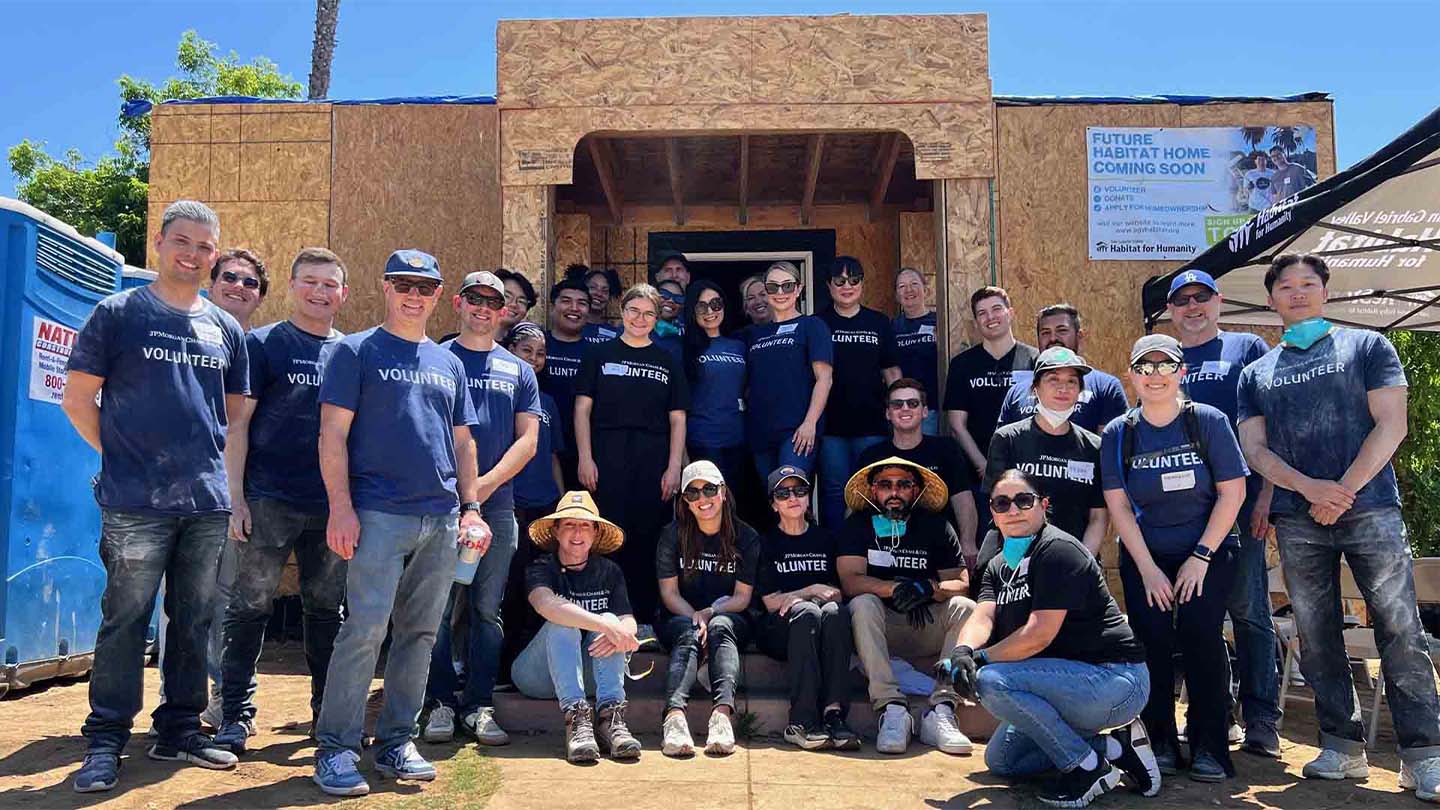
Academic medical centers (AMCs) are the heart of the U.S. healthcare system. They handle the most complex care in their communities, conduct cutting-edge research and educate medical professionals.
AMC executives are constantly adapting to today’s challenges with revenue streams, liquidity pressure and investing in future growth.
Labor looms as main challenge
The Association of American Medical Colleges estimates1 the U.S. will have a shortage of between 37,800 and 124,000 physicians in 2034. The demand for care is only increasing as the nation’s population ages. That population includes doctors: More than 40% of active doctors will reach retirement age in the next decade. AMCs play an outsized role in training new professionals to solve the labor shortage, while also facing financial pressure.
On one side, increased labor costs gnaw at AMCs’ bottom lines. From another, AMCs’ revenues from higher-margin, lower-acuity care are eroding as new businesses capture that segment of the market. This leaves AMCs to care for the sickest and costliest patients, with prices often set by Medicare or Medicaid. As large, organizationally complex operations, AMCs are often ill-equipped to rapidly change strategies.
J.P. Morgan’s deep experience in healthcare can help AMCs minimize operating costs to make the most of their revenue. InstaMed—which works with Epic systems in use at most U.S. AMCs—can capture patient payments. Additionally, our team of bankers can help guide AMCs’ bring startups to market and capitalize on their medical and scientific breakthroughs.
Health systems spreading outward
AMCs are anchors in their communities. In recent decades, the stand-alone teaching hospital on a single campus has transformed into metrowide or even statewide networks of partnerships with community hospitals and medical office complexes.
By expanding, AMCs aim to provide primary- and secondary-level care closer to patients’ homes, ideally at a lower cost than the flagship facility. That carries implications for medicine and systems operations.
It can be challenging for patients to navigate health systems as they grow. Patients may be uncertain of where they should within the system to receive the appropriate type of care at the lowest price. And they’re often frustrated by the interaction with the care providers after their visit. Meanwhile, system mergers and expansions are an intersection between healthcare, academic, business, technology and real estate strategies that can seem at odds with each other.
We’re there to complement your patient experience efforts. Our InstaMed product helps make explanations of benefits (EOBs) and bills easy to send, simpler to understand and faster to collect through digital payment methods.
Our Healthcare and Higher Education Treasury Consulting team brings their years of industry experience to help healthcare systems streamline duplicate bank accounts and lockboxes to gain speed and transparency.
Thinking even bigger
The relationship between an AMC and its academic institution is unique. However, leaders in both healthcare and higher education are looking for ways to make their own organizations fairer and more conscious of their broader role in the community.
To help AMCs become more diverse and inclusive, we offer content and host roundtables with experts on topics such as supplier diversity.
We take a consultative and collaborative approach to help maintain efficiency. We work to understand the moving parts on the academic and medical sides so both areas understand the other’s needs and goals before implementing solutions.
How we can help
J.P. Morgan’s dedicated Not-for-Profit Healthcare Banking team works alongside some of the most respected and successful AMCs in the country, so we understand the trends affecting AMCs and the broader healthcare sector. And we’ve got the tools and expertise to help health systems thrive and, in turn, create healthier communities.
Learn more about the leadership perspectives in your region
References
IHS Markit Ltd. The Complexities of Physician Supply and Demand: Projections From 2019 to 2034. Washington, DC: AAMC; 2021. https://www.aamc.org/news-insights/press-releases/aamc-report-reinforces-mounting-physician-shortage







